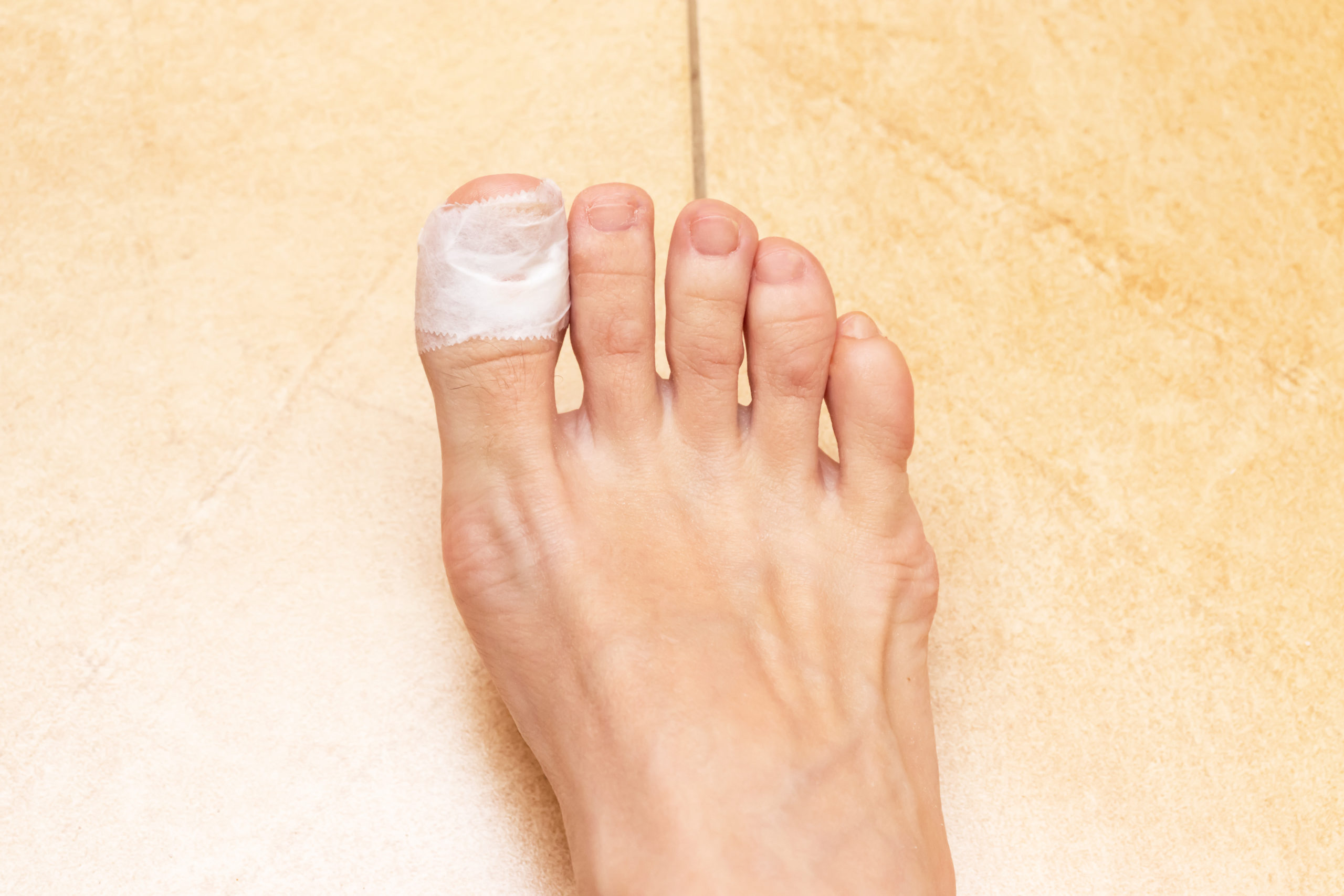The Case of the Missing Toenail: Unveiling the Reasons Behind Painless Toenail Loss
Losing a toenail can be a startling experience, even more so if it happens without any noticeable pain. While it might seem concerning, a painless detached toenail is a relatively common occurrence. This guide delves into the potential culprits behind this phenomenon, helping you understand the cause and determine the best course of action.
Understanding Toenail Anatomy:
The toenail, also known as the subungual plate, is a hard, protective layer of keratin that grows from the nail bed. The nail bed is the soft tissue beneath the toenail, rich in blood vessels and nerves. Understanding this basic anatomy is crucial for comprehending why a toenail might detach without pain.
Causes of Painless Toenail Loss:
Several factors can contribute to a painless toenail detachment:
- Minor Injuries: You might have stubbed your toe or dropped something on your foot without realizing the impact’s severity. Over time, the accumulated pressure or trauma can cause the toenail to separate from the nail bed. The gradual separation process might not cause any immediate pain, especially if the injury doesn’t affect the sensitive nail bed directly.
- Fungal Nail Infections: Fungal infections, also known as onychomycosis, can cause the toenail to become discolored, thickened, and brittle. Over time, the weakened nail can detach from the nail bed painlessly. While the fungus itself might not cause pain, it can create a barrier between the nail and the nail bed, leading to painless separation.
- Psoriasis: This chronic autoimmune skin condition can affect the nails, causing them to become pitted, discolored, and detached from the nail bed. Psoriasis typically doesn’t cause pain in the nail itself, but you might experience discomfort or inflammation in the surrounding skin.
- Certain Medications: Some medications, like chemotherapy drugs or those used to treat psoriasis, can have toenail detachment as a side effect.
- Underlying Medical Conditions: In rare cases, certain medical conditions like diabetes or peripheral artery disease can affect blood flow to the extremities, impacting nail health and potentially leading to painless toenail loss.
Symptoms to Watch For:
While painless toenail loss might not seem like a major concern, there are some additional symptoms to watch for:
- Redness, swelling, or pus around the toe: These could indicate an infection in the nail bed and require medical attention.
- Discoloration or thickening of the remaining nail: This could be a sign of a fungal infection that needs treatment.
- Pain or discomfort in the toe: If pain develops after the toenail falls off, consult your doctor to rule out any underlying issues.
When to See a Doctor:
If you experience any of the following, it’s crucial to see a doctor for proper diagnosis and treatment:
- Pain or discomfort in the toe
- Signs of infection
- Recurrent toenail loss
- Underlying medical conditions like diabetes
Diagnosis and Treatment:
A doctor can typically diagnose the cause of a painless detached toenail through a physical examination and may request additional tests like a fungal culture to confirm a fungal infection. Treatment depends on the underlying cause:
- Minor Injuries: The nail bed will naturally grow a new toenail, and no treatment is usually necessary.
- Fungal Nail Infections: Antifungal medications, applied topically or taken orally, are typically prescribed to combat the infection and promote healthy nail growth.
- Psoriasis: Treatment options for psoriasis-related toenail problems might include topical medications, corticosteroids, or phototherapy.
- Medication Side Effects: Consult your doctor regarding potential adjustments to your medication regimen if toenail loss is a concern.
- Underlying Medical Conditions: Addressing the underlying medical condition can improve overall health and potentially prevent future toenail issues.
Preventing Toenail Loss:
Here are some tips to help prevent toenail loss:
- Proper Footwear: Wear well-fitting shoes that provide adequate toe space to prevent injuries.
- Maintain Foot Hygiene: Wash your feet daily and dry them thoroughly, especially between the toes, to prevent fungal infections.
- Trim Toenails Properly: Cut your toenails straight across and avoid cutting them too short to prevent ingrown nails.
- Manage Underlying Conditions: If you have diabetes or other health conditions that affect your feet, manage them effectively to maintain good circulation and overall foot health.
Living with a Missing Toenail:
While losing a toenail can be disruptive, the good news is that the nail bed will naturally grow a new toenail, although it can take several months for the new nail to fully grow out. During this time, practice proper foot care and wear comfortable shoes to protect the exposed area.






More Stories
Where to Watch USMNT vs Jamaica National Football Team
How I Met My Monster
How Should a Ring Fit